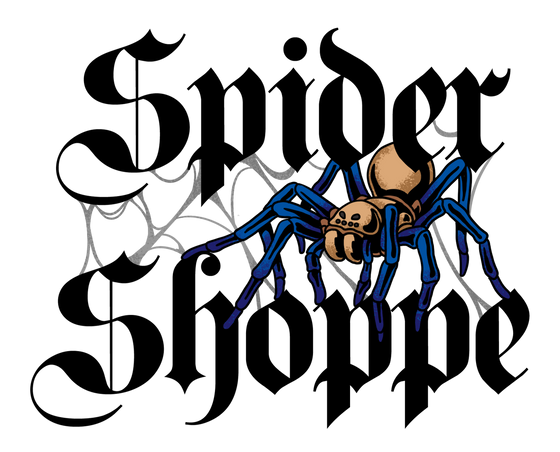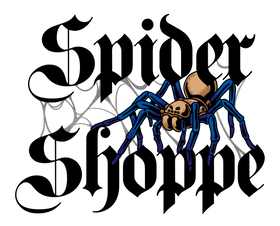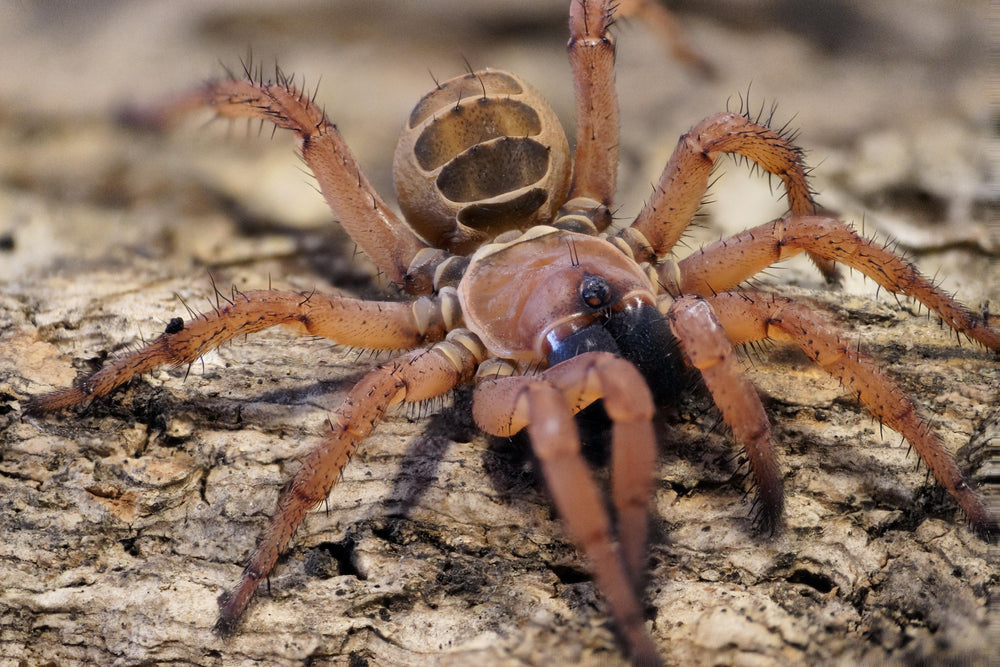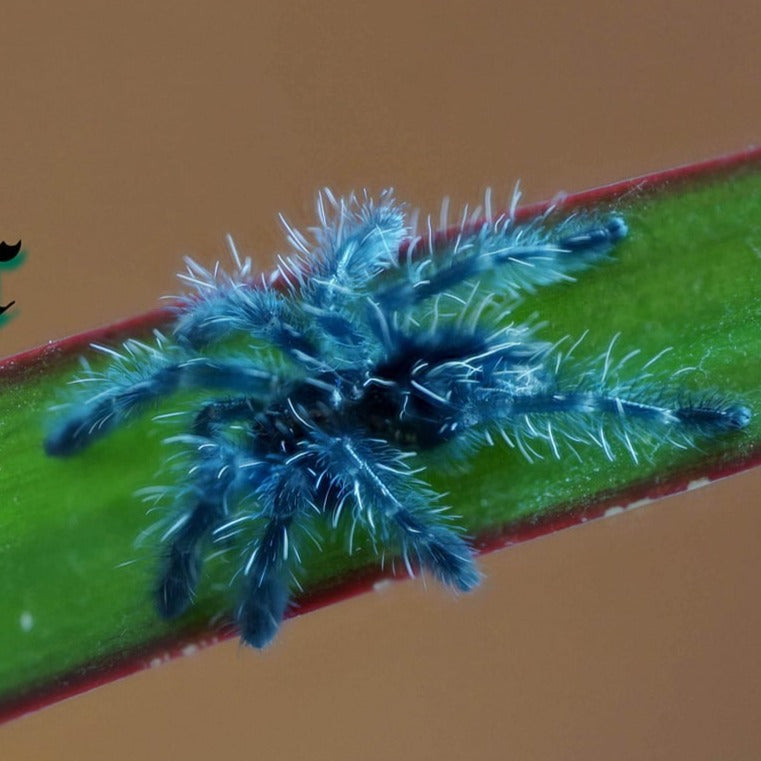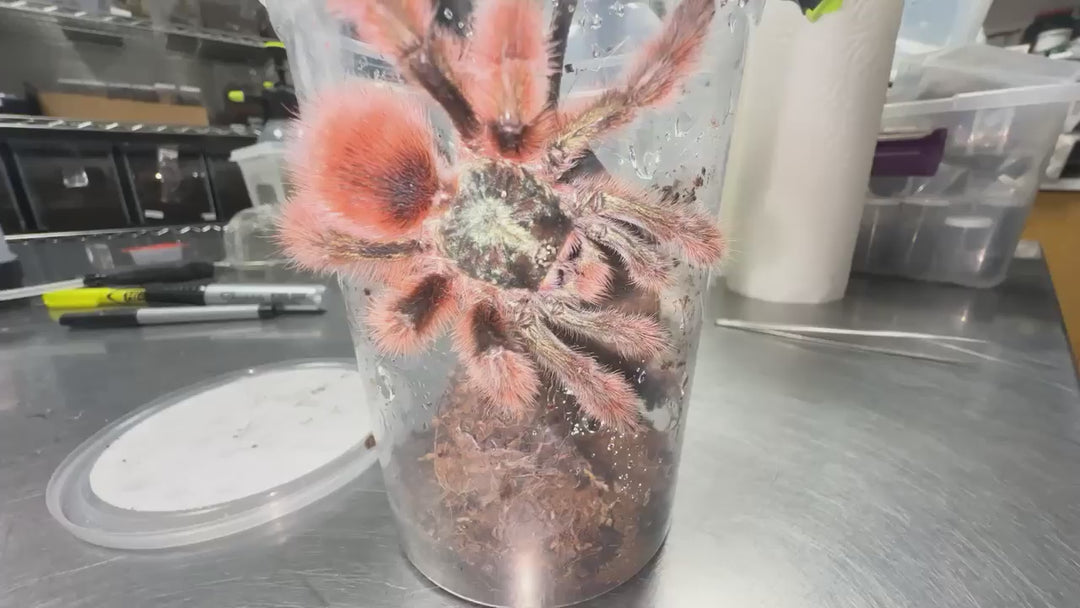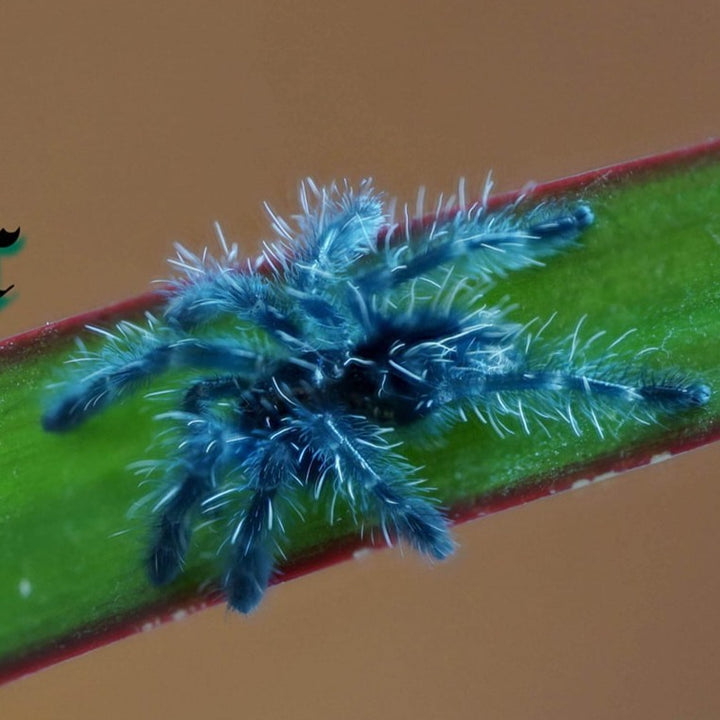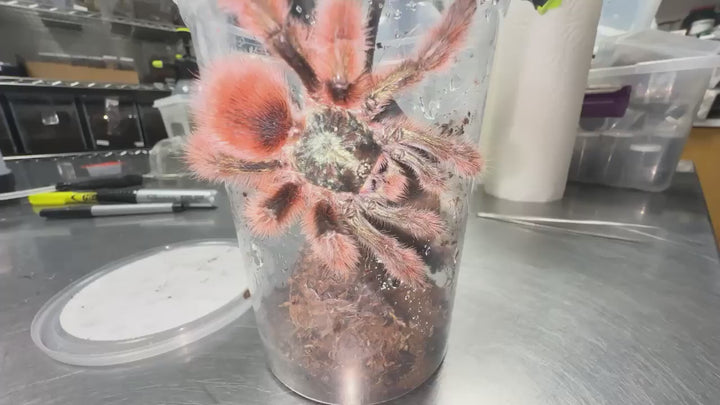Caribena versicolor (Martinique Pink Toe) MATURE MALE
- Live Arrival Guarantee
- Live Animals Ship FedEx Priority Overnight (Mon-Weds)
- In stock, ready to ship
- Inventory on the way
The Antilles pink toe Tarantula, Caribena versicolor Walckenaer, is a gorgeous, arboreal hobby classic whose metallic colors dazzle the beholder at any life stage. Juveniles take on a beautiful metallic bright blue coloration with a black, Christmas-tree-shaped chevron on the abdomen. Reaching a six-inch diagonal leg span at maturity, they ultimately take on wildly contrasting metallic blue-green carapace with an abdominal and leg base color of black, electrified by copious long red to tan setae.
C. versicolor is native to lush tropical rainforests of the Lesser Antilles, specifically the islands of Martinique, Dominica, Guadeloupe, and Saint Lucia. These arboreal tarantulas colonize tree hollows and the underside of large foliage, microhabitats that shield these spiders' silken hammocks from torrential overhead downpours. C. versicolor is highly adaptable to habitat disturbances and readily resides in banana plantations and rafters of buildings in or near their habitats.
This tarantula is excellent for beginners, but extra attention is needed to rear spiderlings successfully. C. versicolor has a fast growth rate and a strong feeding response. Like many members of the subfamily Aviculariinae, C. versicolor is docile but skittish and quite agile. These spiders are prone to leaping and ‘parachuting’ and can squirt their feces as a defense– an excellent icebreaker for your next cocktail party. Therefore, it is best not to handle this pink toe tarantula. If they wander during a cage cleaning and run up your arm, C. versicolor is reluctant to bite. However, having type II urticating hairs (which do not get kicked up into a cloud but instead require direct contact with skin to dislodge from the spider) meaning C. versicolor may press its abdomen against your skin while being handled to deliver urticating hairs.
A critical care consideration for C. versicolor is that these spiders are adapted to living in tree canopies subject to coastal breezes and require excellent air circulation at all stages of life. Vertical enclosures that are taller than they are wide with excellent cross-ventilation are best suited for C. versicolor. A moderate volume of a fluffy, well-aerated organic potting mix with lots of wood pulp is excellent for pink toe tarantulas. However, the substrate should be only slightly moist for spiderlings through adulthood. Spiderlings are particularly susceptible to being kept too damp or humid in stuffy enclosures, quickly resulting in untimely death.
Keeping the substrate on the drier side with periodic light misting in part of the cage is ideal for C. versicolor of all ages. A slab or half round of cork bark propped up vertically in adult enclosures makes for a good roost for these arboreals. Adding dried dead oak or magnolia leaves, twigs and long-fibered Sphagnum moss is also beneficial as they readily incorporate found objects into the walls of their silken tube hides. These spiders make great found object artwork in general. If you are looking for a highly metallic, jaw-dropping arboreal tarantula, you need an Antilles Pink Toe!

Info on our shipping policy can be found on our T&C page.
